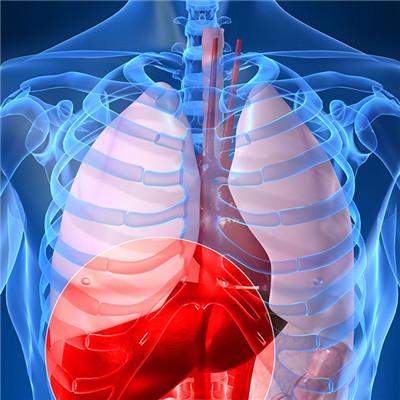Symptoms of rheumatic diseases
summary
Rheumatism is a common disease, but many patients do not understand its symptoms, thus delaying medical treatment. Rheumatic disease is a kind of autoimmune disease that invades multiple tissues, multiple systems and internal organs. Rheumatism mainly invades joints, muscles, bones and soft tissues around joints, such as tendons, ligaments, bursa and fascia. The common diseases are autoimmune connective tissue disease, systemic vasculitis, bone and joint diseases. Symptoms of rheumatic diseases? Let's talk about it
Symptoms of rheumatic diseases
Fever can be low fever, moderate fever, or high fever, often can be manifested as irregular fever, generally no shivering, antibiotics ineffective, and rapid ESR, such as systemic lupus erythematosus, adult Stier's disease, acute neutrophilic febrile skin disease, panniculitis, etc. can be the first symptom of fever.

Pain is also an important cause of dysfunction. Among the rheumatic pain, the pain originated from the joints and their affiliated structures is the most common. However, the pain in the limbs and trunk can also be seen in visceral and nervous system diseases. Joint pain, neck and shoulder pain, low back pain, heel pain are often the main manifestations of rheumatism, sometimes accompanied by joint swelling. Rheumatoid arthritis often has symmetrical joint swelling and pain, especially in finger joint and wrist joint; Ankylosing spondylitis has low back pain, aggravated at rest, can be accompanied by heel pain, red eyes; Rheumatic polymyalgia includes neck and shoulder pain, limb girdle muscle pain and muscle weakness.

Systemic lupus erythematosus, dermatomyositis / polymyositis, Behcet's disease, panniculitis, Sjogren's syndrome can have rash, light sensitivity, oral ulcer, vulvar ulcer, eye symptoms, reticular cyanosis, skin ulcer, etc.

matters needing attention
Rheumatism often invades joints, muscles, bones and soft tissues. The symptoms of pain, swelling, joint dysfunction and fever are more prominent. Antipyretic, analgesic, anti-inflammatory and relieving symptoms are the primary purpose of treating this group of diseases.









